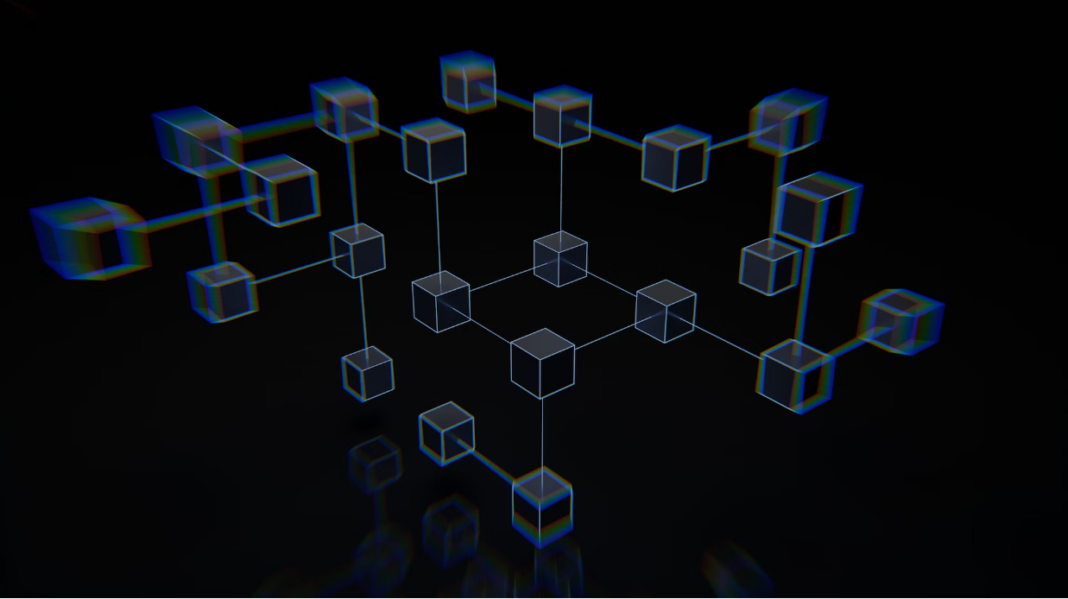From the blockchain conference, it is clear that Blockchain and cloud services are the best human-invented technologies. This is the technology that provides us with a wealth of information and benefits. It is mostly used in transactions.
In this article, we will discuss some disadvantages of blockchain and cloud services. But before disadvantages, let us first learn about what is it?
What Exactly Is a Blockchain?
A Blockchain is a distributed database or ledger shared by computer network nodes. It stores information electronically in digital format as a database. Blockchains are best known for their critical role in cryptocurrency systems like Bitcoin, where they keep a secure and decentralized record of transactions. A blockchain’s innovation is that it ensures the fidelity and security of a data record and generates trust without the need for a trusted third party.
The structure of the data is one significant difference between it and a typical database. A blockchain gathers information in groups known as blocks, which contain sets of information. Blocks have specific storage capacities and, when full, are closed and linked to the previously filled block, forming a data chain known as the blockchain. All new information that follows that newly added block is compiled into a newly formed block, which is then added to the chain once it is complete.
The Disadvantages of Blockchain
This section discusses the technology’s drawbacks.
- Scalability: for sure it is not easy to find scalable blockchain. Due to the fixed size of the block for storing information, it is one of the most significant drawbacks of blockchain technology. Because the block size is 1 MB, it can only hold a few transactions on a single block.
- Immaturity: Because blockchain is only a couple of years old, people do not have much confidence in it, and they are not ready to invest in it. However, several applications of it are doing well in various industries, and it still needs to win the trust of even more people in order to be recognized for its full utilization.
- Energy Consumption: Because verifying any transaction requires a lot of energy, it becomes a problem. According to the survey, 0.3 percent of the world’s electricity was used in the verification of transactions done using blockchain technology by 2018.
- Time-consuming: In order to add the next block in the chain, miners must compute nonce values many times, which is a time-consuming process that must be sped up before it can be used for industrial purposes.
- Legal Formalities: Because of environmental concerns, some countries prohibit the use of its technology applications, such as cryptocurrency, and do not promote the use of blockchain technology in the commercial sector.
- Storage: Because blockchain databases are stored on all network nodes, there is a storage issue; increasing the number of transactions necessitates more storage.
Conclusion
In conclusion, while blockchain technology offers a myriad of benefits, it is essential to acknowledge its disadvantages and limitations. Every use case is unique, and a careful assessment of whether the benefits outweigh the drawbacks is crucial for making informed decisions.



